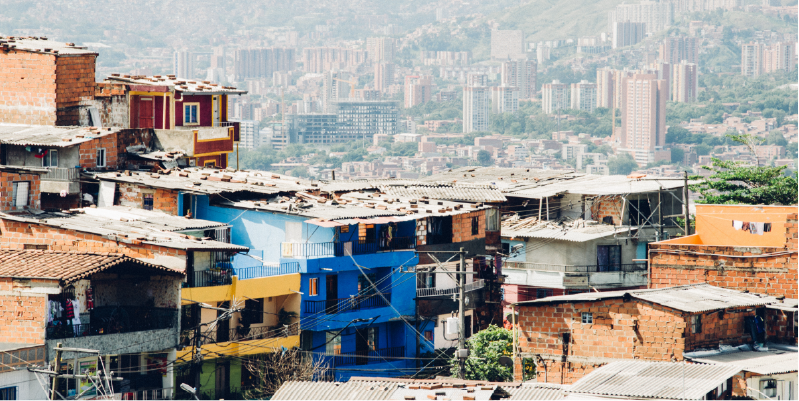There are few issues facing urban planners and city administrations that are as multi-faceted and complex as gentrification.
The redevelopment of existing buildings, the de-industrialization of central urban real estate, and the increasing demand for inner-city accommodation all impact how the process of gentrification plays out in cities across the world.
What is gentrification?
Gentrification is a form of development or redevelopment where wealthier groups renovate and invest into an urban area. It is a challenge for planners and community engagement professionals because of the adversarial relationship between stakeholders, and because often the goals of different groups are incompatible.
More and more cities, municipalities and private sector consultants are conducting community engagement for gentrification projects. Although the specific issues and concerns will be different in every city, there are a few guiding principles you can follow to make your engagement for gentrification as productive as possible.
Start consultation as early as possible.
Including a wide variety of stakeholder groups as early in the process of gentrification redevelopment is essential. People feel passionately about the space they’re in and are often automatically resistant to “the big end of town” pushing in with plan to turn warehouses into trendy apartments. Like all projects where stakeholders have competing interests, opening up your consultation process as early as possible encourages existing residents to trust that their interests will be represented in the process.
Acknowledge that this is a sensitive topic.
The process of gentrification can be controversial, but that doesn’t mean you should avoid frank and open discussion about the public’s concerns. When you are consulting the public about gentrification – either in face-to-face settings or through online platforms – you need to be prepared to work with a wide range of views.
Often, gentrification involves wealthier groups redeveloping or repurposing areas occupied by less wealthy groups, eventually driving up the cost of living and pushing the less wealthy out, and existing residents need an opportunity to discuss their concerns openly. If you don’t provide a space for them to talk, they will find one themselves and cut you out of the conversation.
Work to build a sense of community.
When engaging with the public about gentrification it is important that you remain inclusive. One simple measure that is often overlooked is include a diversity of people in any renderings or artist impressions and try to reflect the area as it currently is. This will encourage the community to see that they still are an important part of the future of the area.
Other things you could do is work with existing community groups, create and circulate e-newsletters, and encourage residents to use interactive mapping to contribute to a public discussion.












